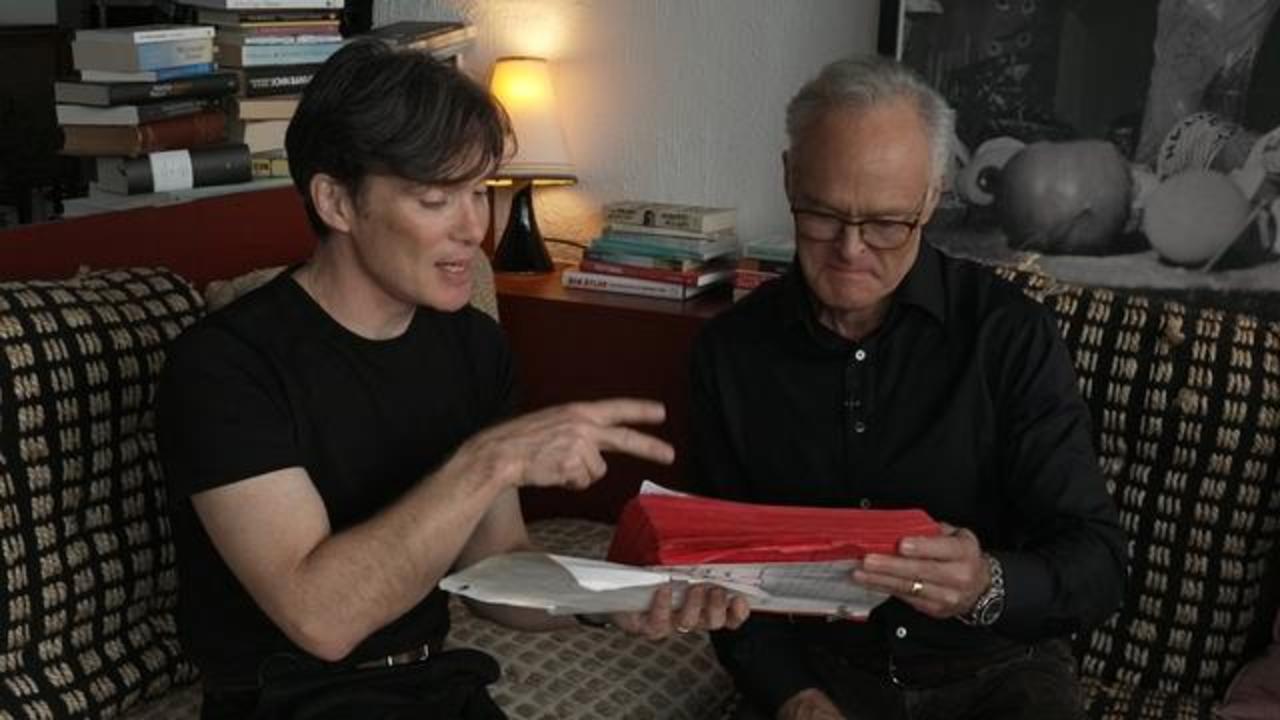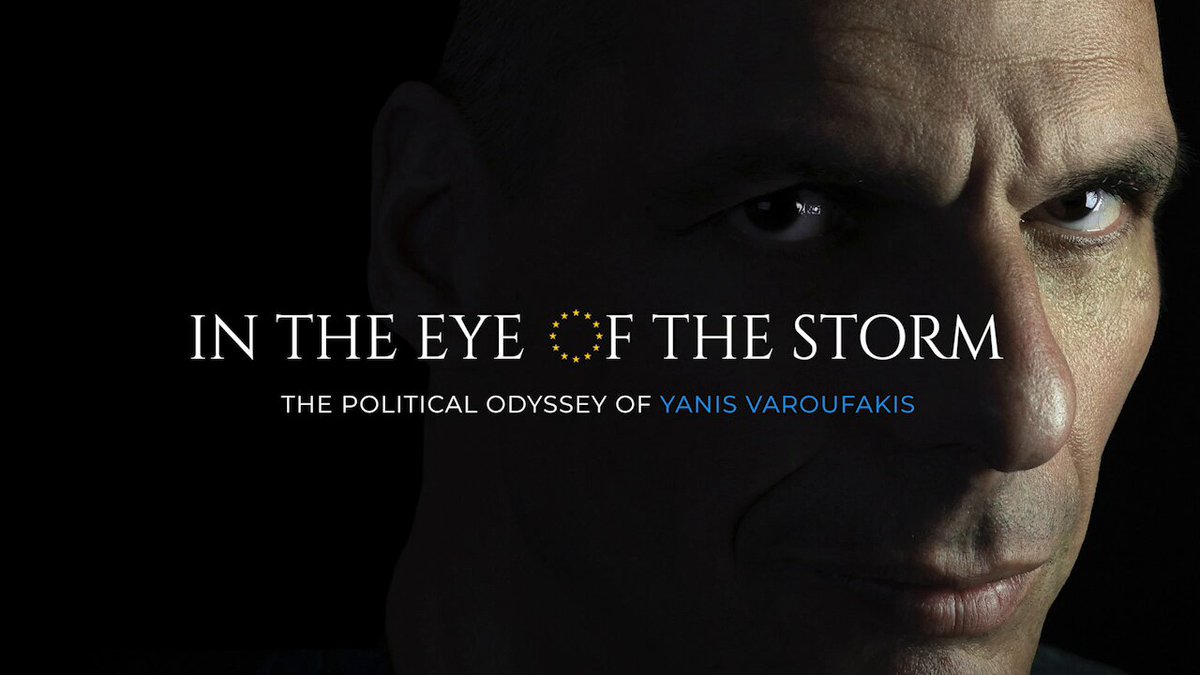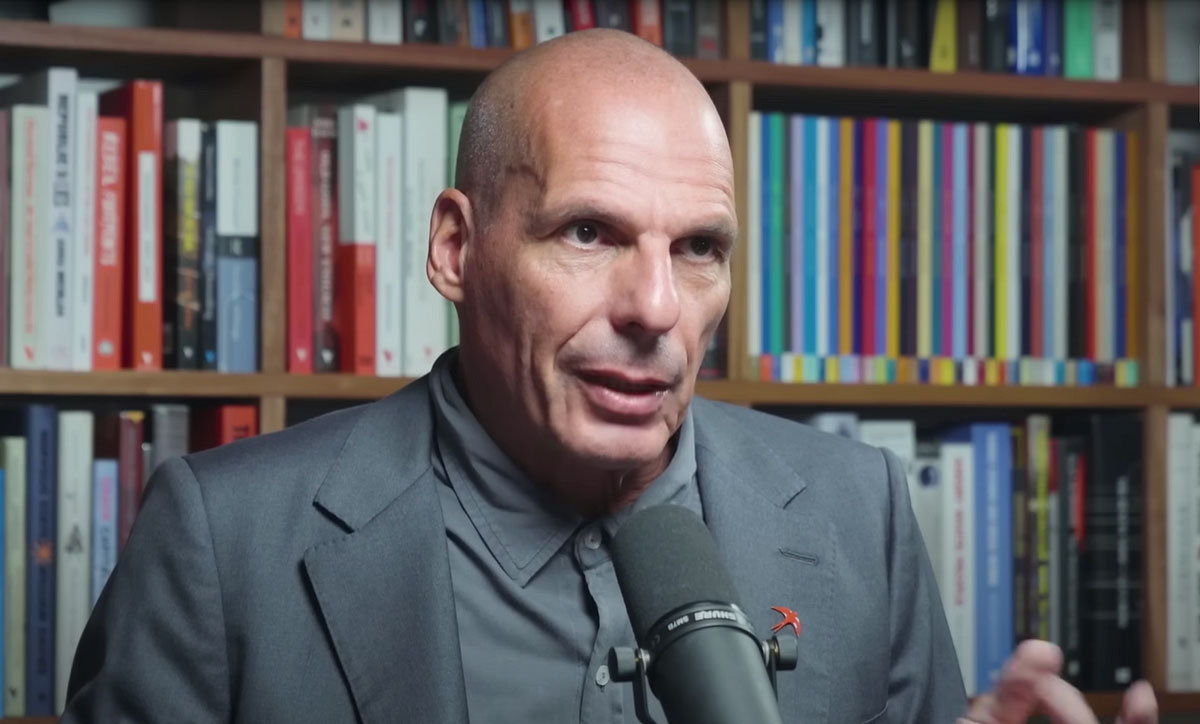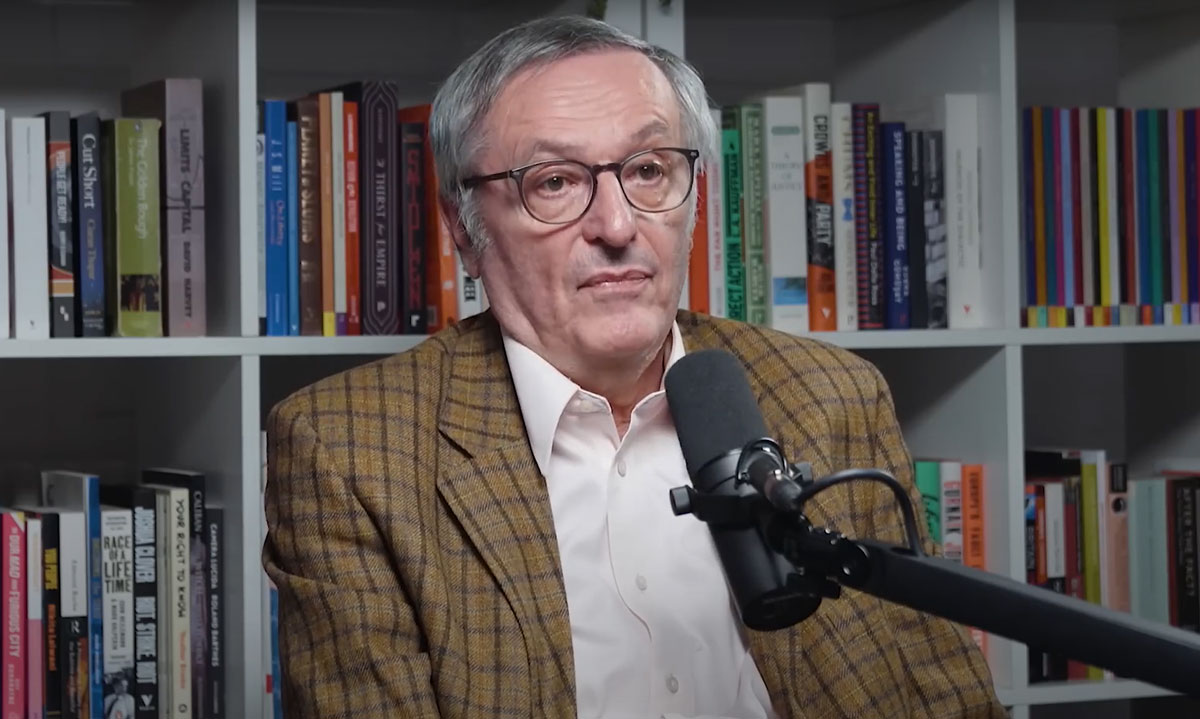An interview on A Clockwork Orange
Stanley Kubrick lives just north of London, in film-making territory; the Elstree Studios and the old MGM Studios at Borehamwood are both just around the corner, not much farther away than a Jack Nicklaus drive. Kubrick has made all his films in Britain since Lolita (1961); but in a remarkable way he has kept himself apart from all worlds, appearing neither as an expatriate American filmmaker nor as a resident British director. From Lolita on, his films have been set in Kubrick country.
After 2001: A Space Odyssey (1968), Kubrick had intended to make a film about Napoleon and had advanced some considerable way toward the project when it was postponed in the wake of studio retrenchments and nervousness about big-budget commitments. He turned instead to A Clockwork Orange, Anthony Burgess’s tour de force of identification with Alex, the ultimate teen-ager. Part of the attraction of the novel for Kubrick was obviously its language, the Russian-based argot that Burgess called Nadsat. But, interestingly, it also strikes one as in a sense his first English film. Lolita almost consciously played down the American landscape aspects of Nabokov’s novel; Dr. Strangelove and 2001 were both international movies that could have been made in any country with the film-making resources. The satire of A Clockwork Orange, how-ever, seems specifically English in its lines of attack. Stanley Kubrick himself hardly reacts to questions along these lines, preferring to suggest that he has simply filmed an English novel on London locations, and that equivalents for most of the characters could be found in America or anywhere else. Perhaps—but the impression persists that Kubrick country has acquired an English province.
Houston: Did you read Anthony Burgess’s book when it first came out in 1962?
Kubrick: I first read the book about two-and-a-half years ago. It was given to me by Terry Southern while I was making 2001, and due to the time pressure I was in, it joined that certain number of books that one has sitting on the shelf waiting to be read. Then one evening I passed the bookshelf, glanced at the paperback still patiently waiting on the shelf, and picked it up. I started to read the book and finished it in one sitting. By the end of Part One, it seemed pretty obvious that it might make a great film. By the end of Part Two, I was very excited about it. As soon as I finished it, I immediately reread it. For the next two or three days, I reread it in whole and in part, and did little else but think about it. It seemed to me to be a unique and marvelous work of imagination and perhaps even genius. The narrative invention was magical, the characters were bizarre and exciting, the ideas were brilliantly developed, and, equally important, the story was of a size and density that could be adapted to film without oversimplifying it or stripping it to the bones. In fact, it proved possible to retain most of the narrative in the film. Many people have praised the special language of the book, which is itself a stunning conception, but I don’t think sufficient praise has been given for what might be called, for want of a better phrase, the ordinary language, which is, of course, quite extraordinary. For example, when the Minister says at the end of his speech to the press, “But enough of words. Actions speak louder than. Action now. Observe all,” Burgess is doing something with language that is really marvelous.
Houston: Both your last two films involved you in a great deal of research and background reading. It looks here as though you had filmed the novel fairly straight, but did you in fact do research around the edges of the film —the brainwashing technique, for instance?
Kubrick: Some of my films have started with the accumulating of facts, and from the facts narrative ideas seemed to develop, but of course A Clockwork Orange started with a finished story, and I was quite happy to skip the birth pangs of developing an original narrative. As far as technical research is concerned, there obviously wasn’t a great deal required. I had certainly read about behavioral psychology and conditioned reflex therapy, and that was about all that was required in terms of any serious technical background for the story.
Houston: The shock in the book is when Alex gets to prison, and he says something like, “I’d done all this, and I was fifteen.” I don’t imagine it could ever work on the screen, but did you even think of casting someone as young as that, in the part?
Kubrick: No. I had Malcolm McDowell in mind right from the third or fourth chapter of my first reading of the book. One doesn’t find actors of his genius in all shapes, sizes, and ages. Nor does an actor find many characters like Alex, who is certainly one of the most surprising and enjoyable inventions of fiction. I can think of only one other literary or dramatic comparison, and that is with Richard III. Alex, like Richard, is a character whom you should dislike and fear, and yet you find yourself drawn very quickly into his world and find yourself seeing things through his eyes. It’s not easy to say how this is achieved, but it certainly has something to do with his candor and wit and intelligence, and the fact that all the other characters are lesser people, and in some way worse people.
Houston: The Richard III comparison is superb, but of course with Richard you are safely in the past. There aren’t all the immediate associations your audience is going to have with contemporary violence.
Kubrick: I don’t think there’s anything to be concerned about here. There is a very wide gulf between reality and fiction, and when one is looking at a film the experience is much closer to a dream than anything else. In this day-dream. if you like, one can explore ideas and situations which one is not able to do in reality. One could obviously not enjoy the activities of Richard III if one were actually involved with them, but we do enjoy Richard III—and so with Alex.
Alex’s adventures are a kind of psychological myth. Our subconscious finds release in Alex, just as it finds re-lease in dreams. It resents Alex being stifled and repressed by authority, however much our conscious mind recognizes the necessity of doing this.
The structure of the story is very much like a fairy tale inasmuch as it depends for much of its charm and many of its strong effects on coincidence, and in the symmetry of its plot wherein each of Alex’s victims appears again in the final section to deliver retribution. Of course, the story functions on another level, as a social satire dealing with the question of whether behavioral psychology and psychological conditioning are dangerous new weapons for a totalitarian government to use to impose vast controls on its citizens and turn them into little more than robots.
Houston: How about the stylization of the violence? A lot of it is very funny, and what actually happens to Alex, in the brainwashing sequence, is much more unpleasant to watch than what he does to anyone else.
Kubrick: Well, of course, the violence in the film is stylized, just as it is in the book. My problem, of course, was to find a way of presenting it in the film without benefit of the writing style. The first section of the film that incorporates most of the violent action is principally organized around the Overture to Rossini’s Thieving Magpie, and, in a very broad sense, you could say that the violence is turned into dance, although, of course, it is in no way any kind of formal dance. But in cinematic terms, I should say that movement and music must inevitably be related to dance, just as the rotating space station and the docking Orion space ship in 2001 moved to The Blue Danube. From the rape on the stage of the derelict casino, to the super-frenzied fight, through the Christ figures cut, to Beethoven’s Ninth, the slow-motion fight on the water’s edge, and the encounter with the cat lady where the giant white phallus is pitted against the bust of Beethoven, movement, cutting, and music are the principal considerations—dance?
Houston: And the use of speeded-up motion, in the scene with the two girts Alex picks up at the drugstore?
Kubrick: Yes, of course, I forgot to mention the high-speed orgy. This scene lasts about forty seconds on the screen and, at two frames per second, took twenty-eight minutes to shoot. I had the idea one night while listening to Fine kleine Nachtmusik. The vision of an orgy suggested itself, shot at two frames per second. As it worked out in the film, though, the fast movement William Tell was more suitable to the purpose of the scene.
Houston: In the book, every impression comes to you through Alex’s language, through the language Burgess invented. In the film, of course, one’s mind switches off the language except when Alex and his droogs are actually talking. What did you feel about the words?
Kubrick: Well, I think that the special language in the book is certainly one of Burgess’s most novel inventions. The words have the advantage of being real words, mostly Russian-based, which are spelled out in phonetic English, specially enhanced by Burgess’s wit. Because they are real words, they have an onomatopoetic connection with their meanings. Tolchock sounds like a blow, devotchka evokes a female image, etc.
Houston: How much of the film was shot on location, and how did you find the places?
Kubrick: The only sets in the film were the Korova Milkbar, the prison reception area, a mirrored bathroom, and a mirrored hall at the writer’s house. These were built because we couldn’t find any suitable locations. All the remaining scenes were done on location. I tried to be systematic about the location search. We wanted to find interesting modern architecture, and it seemed that the best way to do this was to buy ten years of back issues of two or three architectural magazines. I spent two weeks going through them with John Barry, the production designer, and we carefully filed and cross-referenced all of the interesting photographs that we found. This proved to be a much more effective approach than just having a couple of location scouts driving around London. As it worked out, most of the interesting locations we finally chose originated from this sifting through of the architectural magazines.
The exteriors of Alex’s flat block were filmed at Thamesmead, the largest and most interesting architectural project in London. The striking auditorium, at which the press conference is held, is in a library in South Norwood. The author’s house is actually two houses: The exterior was filmed in Oxfordshire and the interior at Radlett. A certain amount of filming was done at Brunei University. The record boutique was filmed at the Chelsea Drugstore. It’s very simple now filming in even the most confined interiors. One has a very wide choice of fast, wide-angle lenses to choose from. For example, in the record boutique we shot with a 9.8 mm lens, which has a ninety-degree viewing angle. Another lens, the very fast f0.95, made it possible to shoot with natural light in room interiors, late into the afternoon. It allows you to shoot in 200 per cent less light than the normal f.2 movie lenses.
Houston: Still on the shooting, is it true that there is practically no post-synchronized dialogue in the film?
Kubrick: There was no post-synchronizing of dialogue at all. Unusable sync-dialogue used to be one of the problems of shooting on location, but it is no longer a problem with the equipment now available. There is a tremendous range of special micro-phones to choose from, including one the size of a paper clip which can be hidden in the shot or on the actor, and which results in a very favorable voice-to-noise ratio. With FM transmitters, also hidden on the actor, it’s no longer necessary to use cumbersome micro-phone booms. Each actor can have his own concealed microphone transmitting its signal via a pocket-sized FM transmitter to a receiver, which feeds it into a portable sound mixer. We filmed the scene where Alex is recognized by the tramp under the Albert Bridge. The traffic noise was so loud that you had to shout in order to be heard. But we recorded a dialogue track where the voices were so above the traffic that it was necessary to add quite a lot of traffic noise on the final sound mix.
The special mikes also made it possible to shoot sound takes under certain conditions without even blimping the camera. I did quite a few handheld shots with the Arriflex merely wrapped in an Anorak, sometimes as close as six feet away from the actors, but you don’t hear the camera noise and the dialogue is fine. On interiors, I had a lightweight blimp for the Arriflex which weighed only thirty-seven pounds with the camera in it. One has to compare this to a Mitchell camera, which weighs about one hundred twenty-five pounds. As far as lighting is concerned, the secret of location lighting is to make sure that the practical lamps that you see in the scene arc actually lighting the scene. The convention of film lighting in the past was such that the practical lamps were just props, and although the bulb was on it did nothing actually to light the shot. In this case, I went to a great deal of trouble in selecting useful and interesting-looking lamps into which we could put photofloods or small quartz lights.
The lights that you see in the scene are almost always the only source of lighting that’s being used. This also makes it possible to shoot 360-degree pans without worrying about photo-graphing any of the normal studio lights. I might add, it’s also very fast to work this way.
Houston: How much do you preplan scenes? You don’t do the Hitchcockian kind of detailed advance planning?
Kubrick: I do a tremendous amount of planning and try to anticipate everything that is humanly possible to imagine prior to shooting the scene, but when the moment actually comes, it is always different. Either you discover new ideas in the scene, or one of the actors by some aspect of his personality has changed something—or any one of a thousand things that fail to coincide with one’s preconceived notions of the scene. This is, of course, the most crucial time of a film. The actual shooting of a scene, once you know what you are going to do, is relatively simple. But it is here that the picture always hangs in the balance. The problem, expressed perhaps a bit too simply, is to make sure that something happens worth putting on film. It is always tempting to think of how you’re going to film something before you know what it is you’re going to film, but it’s almost always a waste of time.
Houston: Alex is the only great character—almost the only developed character—in A Clockwork Orange. In 2001 the most human character is of course HAL, the computer, and in Dr. Strangelove you are dealing with degrees of caricature. I suppose one could go hack in your work to Paths of Glory, or even The Killing, to find a film where you were working in what might he called a realistic convention.
Kubrick: I have always enjoyed dealing with a slightly surrealistic situation and presenting it in a realistic manner. I’ve always liked fairy tales and myths, magical stories, supernatural stories, ghost stories, surrealistic and allegorical stories. I think they are somehow closer to the sense of reality one feels today than the equally stylized “realistic” story in which a great deal of selectivity and omission has to occur in order to preserve its “realistic” style. In Lolita, for example, the character of Quilty is straight out of a nightmare, as are many of the characters in Dr. Strangelove. In this sense A Clockwork Orange bears strong resemblance to several of my previous films.
Houston: What about your Napoleon film? Is that still going to be made, and on what sort of a scale are you planning to deal with his life?
Kubrick: I plan to do Napoleon next. It will be a big film but certainly not on the scale that big films had grown to just before the lights went out in Hollywood. Most of the palatial interiors can be shot in real locations in France where the furniture and set dressing are already there, and one has only to move in with a small documentary-size crew, actors, ward-robe, and some hand props. The large crowd and battle scenes would be done in Yugoslavia, Hungary, or Rumania, where undertakings of this sort can be accomplished by using regular army formations.
Houston: What motivates your choice of subjects?
Kubrick: Well, of course, this is obviously the most important decision ever made with respect to a film. Actually, the only sensible thing I can say is that I’m very, very careful about this. And so far, at least, I’ve never found myself wondering halfway through why I had decided to do the film. A great narrative is a kind of miracle. It’s not something that can be forced. At the same time, I trust that I shall never be tempted to become an alchemist and believe that I can turn lead into gold. I might try to make something of an imperfect story with my efforts as a writer, but I would never attempt a film story that I was not finally in love with.
Penelope Houston, one of Britain’s best-known writers on films, is editor of Sight and Sound.
Published in Saturday Review, 25 December 1971
Reprinted as Tolchocked by Kubrick in The Times, 8 January 1972
Reprinted in Stanley Kubrick Interviews, University Press of Mississippi (2001)





1 thought on “Kubrick Country – Interview by Penelope Houston”
He is The Alchemist